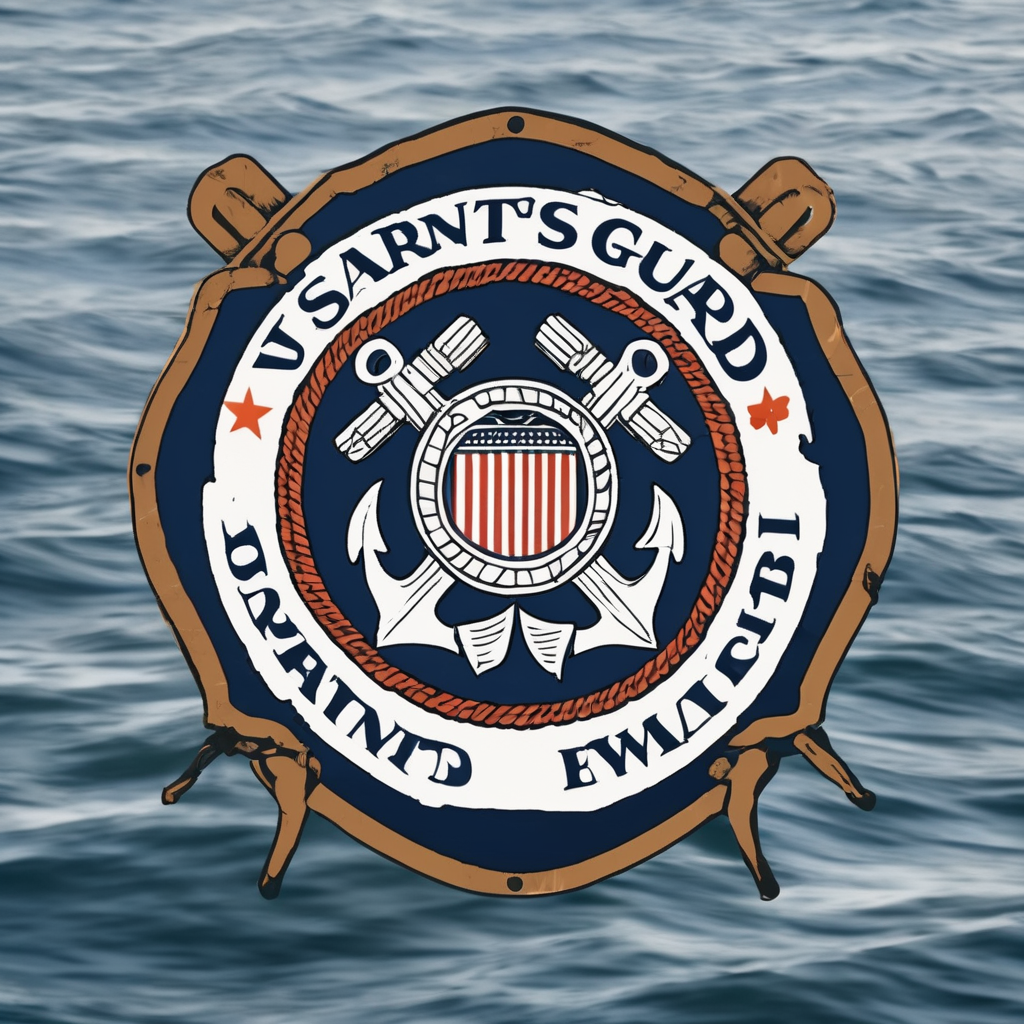The U.S. Coast Guard is set to implement new guidelines on December 15 that will notably change the classification of the swastika, removing its identification as a hate symbol. Reports from The Washington Post indicate that alongside the swastika, symbols like the Confederate flag and nooses are also undergoing reclassification, although the display of Confederate flags will still remain prohibited under the new policy.
The new guidelines stipulate that symbols categorized as “potentially divisive” will undergo evaluation by a supervisor, who will then consult with the legal office. A significant aspect of the revised protocol includes mandating that incidents be reported within 45 days, a move that differs from previously established policies that lacked such deadlines.
However, this change has sparked considerable controversy. Tricia McLaughlin, the Assistant Secretary for Public Affairs at the Department of Homeland Security, publicly dismissed the report from The Washington Post as “ludicrous” and “unequivocally false,” labeling it as fake news. Her assertions are part of a broader response to the concerns raised regarding the implications of these changes.
Inside the Coast Guard, there is apparent dissent regarding the revised guidelines. An anonymous official conveyed grave worries about how downplaying the symbolism of the swastika could undermine trust within the military. This official raised a scenario highlighting the potential dilemma for service members, particularly those from minority backgrounds, who might feel unsafe reporting a peer displaying such symbols while deployed.
These policy adjustments are part of wider reforms undertaken by military branches under the previous administration. The Coast Guard’s recent decision to retire the term “hate incidents” reflects a significant shift in handling conduct associated with symbols regarded historically as divisive.
The discourse surrounding these changes highlights the ongoing dialogue about the representation of hate symbols in a modern context and the military’s approach to inclusiveness and safety for all service members. As these guidelines take effect, their impact on morale and trust within the ranks remains to be seen.
